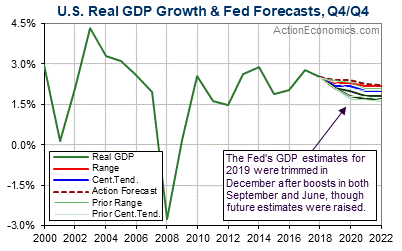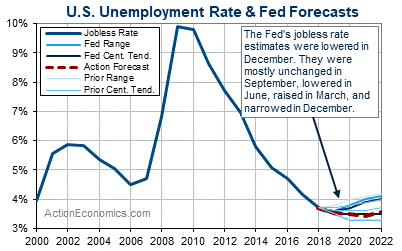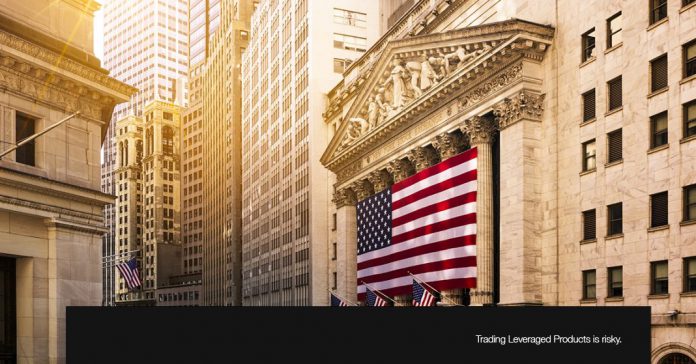The FOMC was about as uneventful as a policy meeting could be. There were no surprises from the Fed or from Chair Powell’s press conference. The Fed funds band was left unchanged at 1.50% to 1.75%, as universally expected. There were the usual pluses and minuses in the outlook, though the balance remained slightly asymmetric and leaned to the dovish side. That was also the tone taken by Powell in his remarks. There was no explicit mention of the coronavirus, but it was lumped into the general risk assessment. The vote was a unanimous 10-0, with the four new voters supporting the steady stance.

The Fed’s policy stance fully matched expectations, providing a welcome bit of predictability for the markets that have been roiled by various shocks, including the coronavirus outbreak in China that has increased the threat to global growth, providing an offset to some of the emerging green shoots. That followed on the heels of the increased tensions with Iran. Meanwhile, there’s been the ongoing undercurrent of trade uncertainties, geopolitical risks, and difficulties with Boeing, another factor supporting Treasury gains.

None of these implied the “material change” in the outlook that would force a policy shift.
The policy statement was nearly identical to December’s with only two small edits, both of which underpinned the Fed’s dovish tilt. The Committee wanted to signal that it was, in fact, not comfortable with prices below the goal. This edit was to stress the Fed’s commitment to a symmetric 2% target.
The Fed’s statement reiterated the strong labor market, rising wages, and signs of stabilization in global growth, but also the negatives: weaker business investment, exports, and below target inflation.
Meanwhile today’s modest Q4 GDP, at 2.1% growth rate, documents the rebound in residential investment since Q3 in response to the Fed’s policy pivot and lower mortgage rates, which have fueled an ongoing second wind for home sales that will extend into 2020.
The Q4 GDP data showed a quarter with a big downshift in the volume of imported goods into inventories, as prior tariff front running played itself out. We also saw some moderation in the firm Q2-Q3 consumption path, alongside weakness in fixed investment, likely reflecting trade war angst that was greater among business managers than workers. A big Q4 inventory pull-back defied the climb in 737 MAX inventories, which will end with the Q1 production halt. The UAW-GM strike depleted Q4 vehicle inventories, leaving room for a 2020 rise.

Overall, Powell and co remain cautiously optimistic on growth, as the completion of the Phase One deal and USMCA are “without question” favorable developments, and this should probably improve business sentiment.
But it’s important to bear in mind that trade policy still remains an uncertainty. There are two to three active trade discussions going on.
Again the FOMC’s posture remains biased toward a more accommodative stance, as there are still downside risks. Low inflation is one of those factors. As the markets view it, the Fed is more inclined to cut rates further to try to spark upward price pressures. Ultimately that would be a negative for bonds, but that is a later problem. Wall Street’s gains faded on Powell’s cautious outlook, with the drop in bond rates adding to some of the profit taking.
Click here to access the HotForex Economic Calendar
Andria Pichidi
Market Analyst
Disclaimer: This material is provided as a general marketing communication for information purposes only and does not constitute an independent investment research. Nothing in this communication contains, or should be considered as containing, an investment advice or an investment recommendation or a solicitation for the purpose of buying or selling of any financial instrument. All information provided is gathered from reputable sources and any information containing an indication of past performance is not a guarantee or reliable indicator of future performance. Users acknowledge that any investment in Leveraged Products is characterized by a certain degree of uncertainty and that any investment of this nature involves a high level of risk for which the users are solely responsible and liable. We assume no liability for any loss arising from any investment made based on the information provided in this communication. This communication must not be reproduced or further distributed without our prior written permission.



















